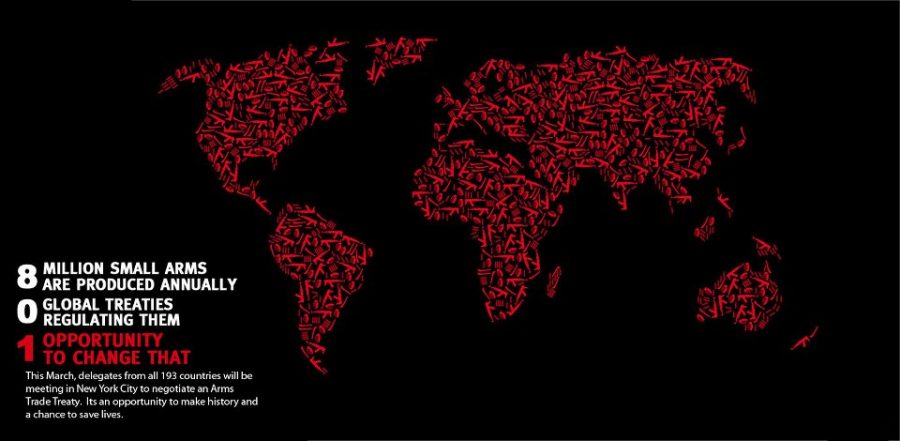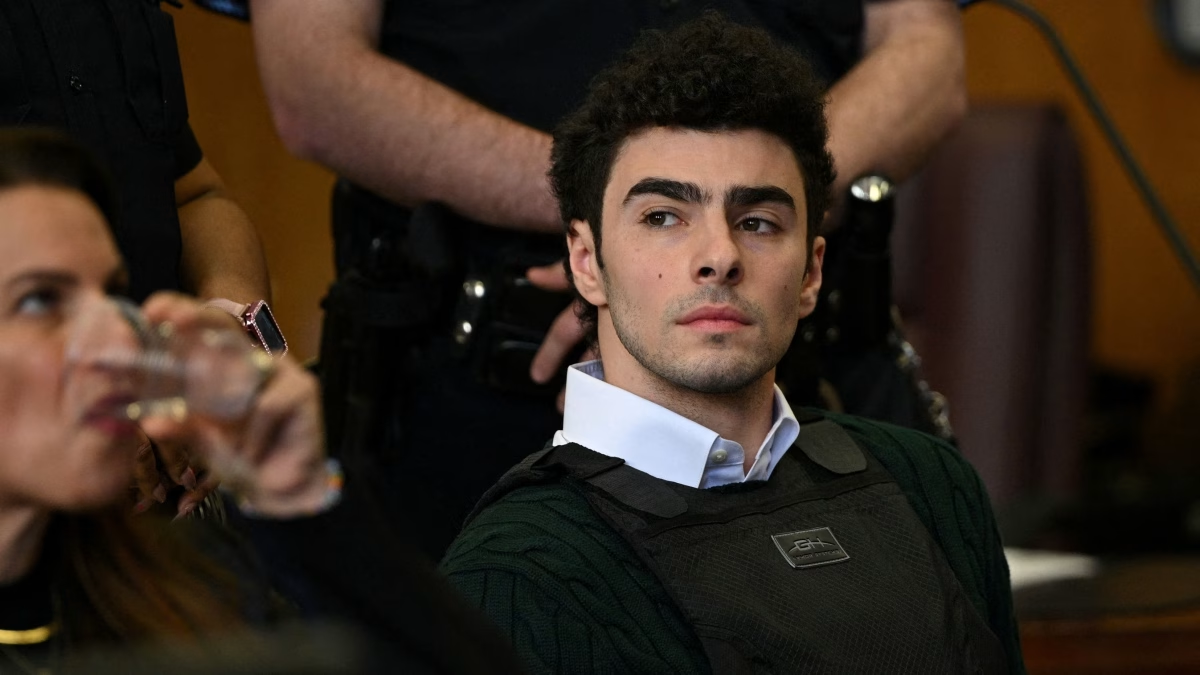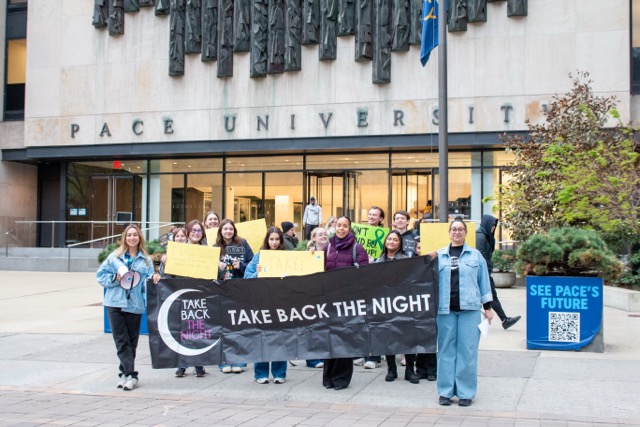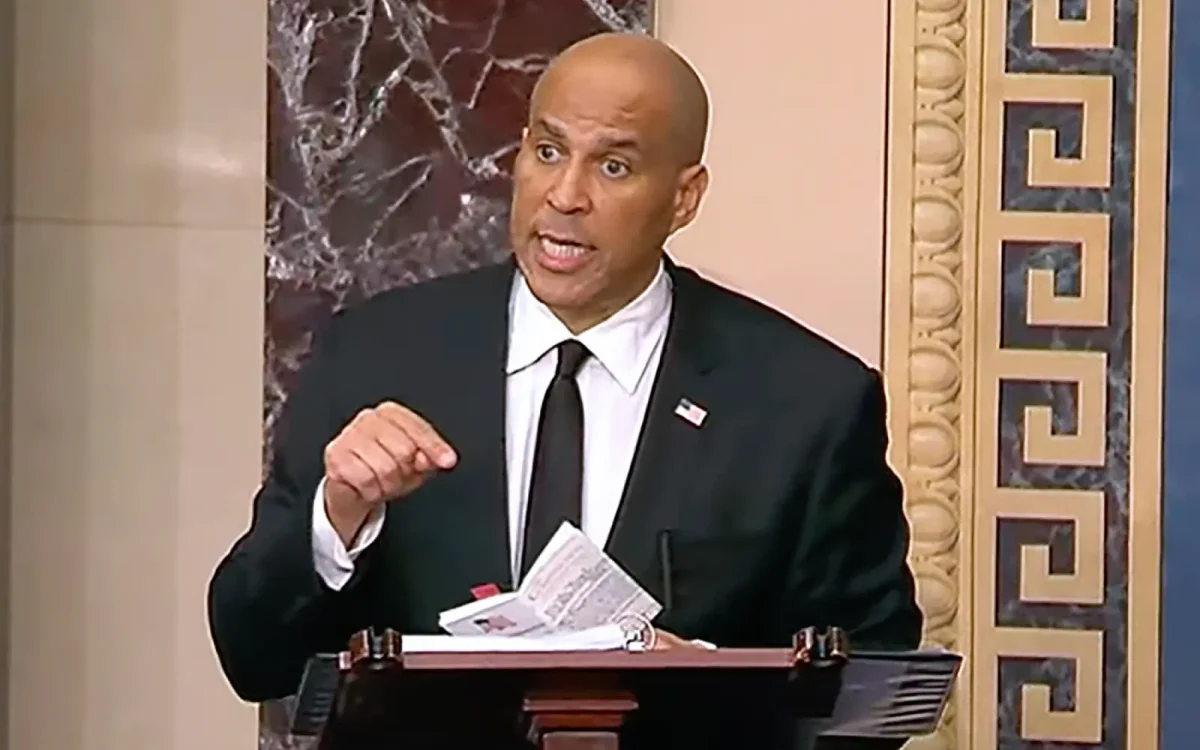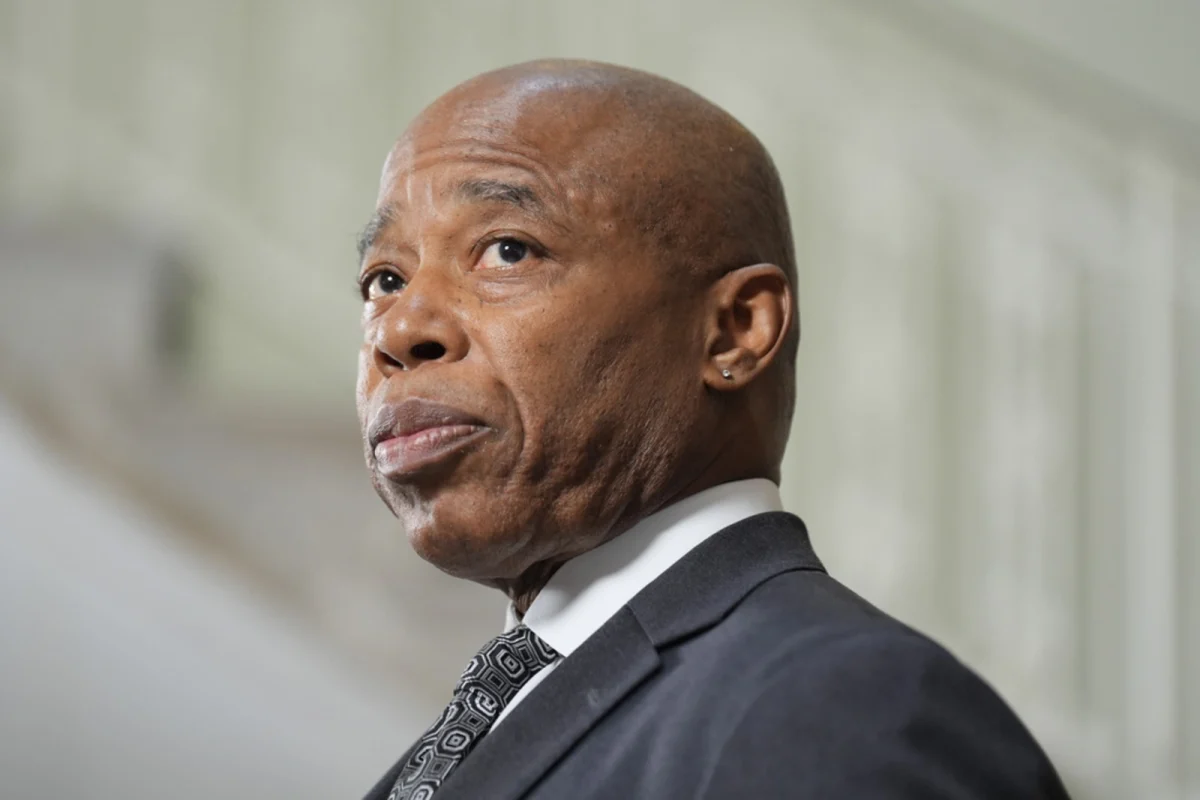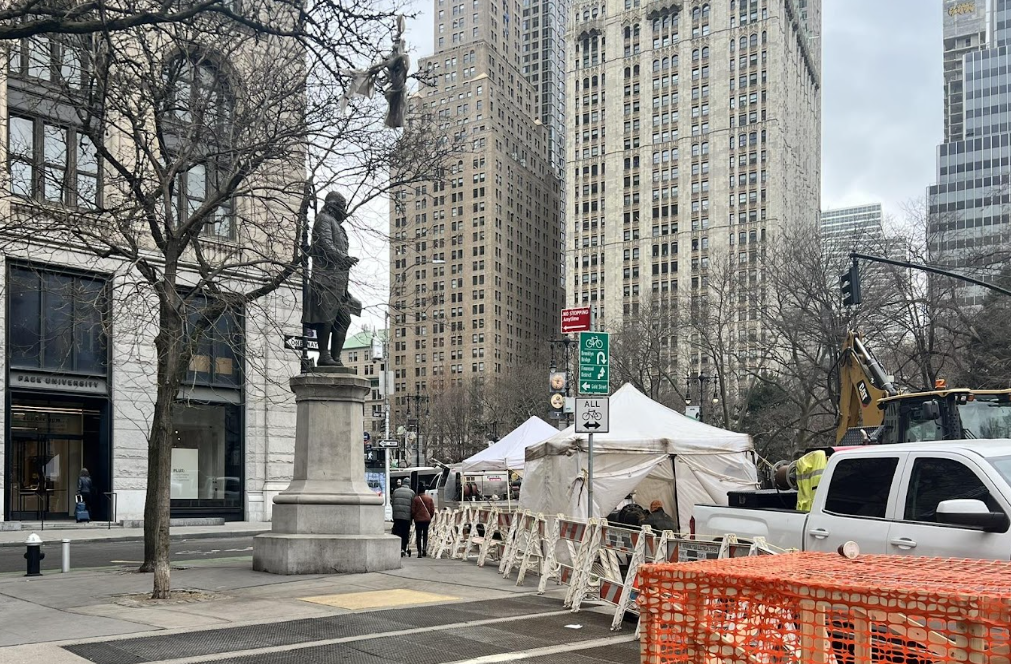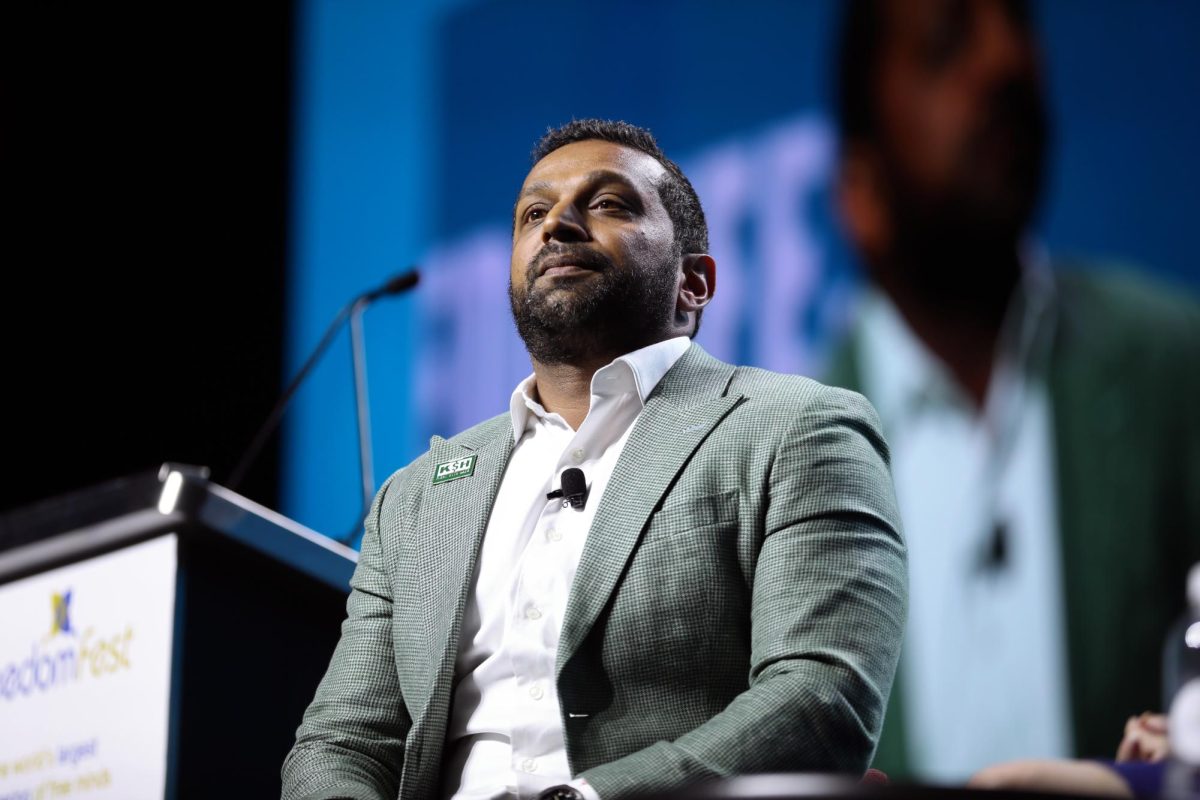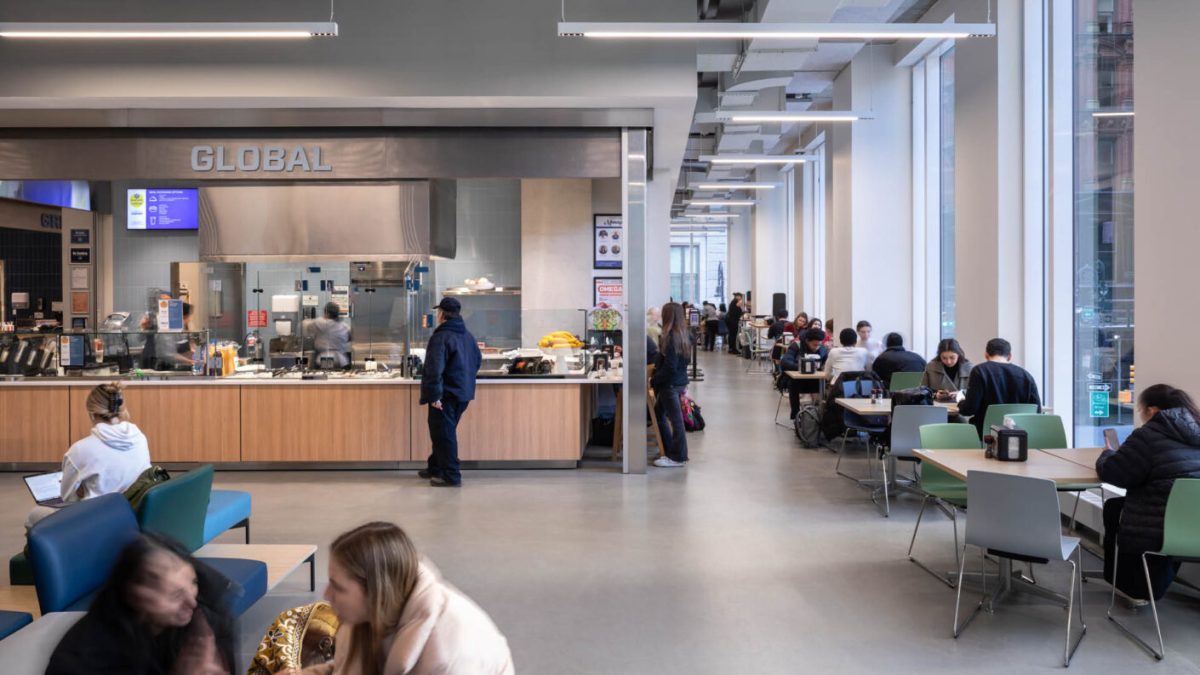One person dies every minute from armed violence. In that time, 15 new arms are manufactured. The not-so-startling reality of arms violence is an international issue that for the past decade has been swept under the rug. In an effort to enlighten students and create an open forum, the residential advisory staff from the Fulton St. Residence invited Control Arms for their “Know Your Right” event.
Control Arms is a campaign involving over 100 organizations worldwide. The coalition includes well-known organizations such as Oxfam and Amnesty International.
The battle began in 2001, when a non-legally binding program called “Programme of Action to Prevent, Combat and Eradicate the Illicit Trade in Small Arms and Light Weapons in All Its Aspects” was developed at a UN conference. A few years later in 2003, The Control Arms coalition began. Nobel Peace Laureates in collaboration with civil society organizations worldwide worked together to create an arms trade treaty, known as ATT. Then, in 2006 Control Arms summited the “Million Faces” petition to then UN secretary Kofi Annan. In December of that same year, 153 governments voted to begin development on the ATT.
Arms trade refers to the buying and selling of firearms or any other type of military weaponry and is classified in one of three levels: White, grey and black. The white market refers to the legal buying and selling of arms. It is the trade between two or more consenting countries with the understanding the weapons will not be used for the degradation of human rights.
Grey markets fall in the area between the violations of international norms. Andrew Feinstein, a former member of the African National Congress, described the grey market as where “governments attempt to influence foreign policy covertly through the use of illegal dealers to undertake arms transactions on their behalf. A well-known example would be the Iran-Contra deal, perhaps the most cynical arms deal of all time.”
Black market trading is vastly more difficult to define and equally difficult to identify and police. Currently there are no international laws that deal with the global arms trade, hence the need for the ATT.
A common misconception concerning the arms trade is that the major players are terrorist groups and countries known to be especially violent—North Korea, Syria, etc. But the arms trade happens everywhere and involves an array of governments. These governments and states are the primary exporters and importers of the arms industry. Currently, 74 percent of arms exports come from only six countries.
The biggest producer is the United States with 12.2 billion dollars generated from trading, followed by Russia (5.2 bill), Germany (2.6 bill) and the U.K. (2.3 bill). All four are part of the Security Council, which will mandate the ATT.
There are still non-state actors within arms trade. This is where terrorists and cartels get involved. They deal with significantly less trade, buying and selling in smaller amounts. They are also the brokers in an arms deal. In some cases, such as that of Viktot Bout, the brokers can major players in the industry.
Most arms trading goes on without a hitch because there are no requirements to report small arms or legal arms trade. There are major regulations, for instance, on the sale of an AK47, yet there are none regarding the sale of the parts and the manual of the assault rifle.
The obvious fact is the arms trade is a lucrative business, so it should come as no surprise that the process of approval for the ATT has been slow. The total value of arms trading globally is 85.3 billion dollars and military spending comes in at 1.7 trillion dollars.
The discrepancy between the two numbers comes mainly from the dual use items such as helicopters and submarines. The original intent of the item may not have been for artillery but with a few adjustments they can be turned into weapons, like the addition of missiles to a submarine.
Back in July of 2012, a diplomatic conference was held for the ATT. The end result was a drafted treaty, but at the time a few governments—including the U.S. and Russia—requested more time. The final conference will take place from March 18 to 28.
At that time, other countries will be looking at the actions of the U.S. Many want the United States not necessarily ratify and sign the treaty but at least support it’s existence. At the time of the 2012 conference the U.S. found many of the regulations impractical and thought it would be difficult to implement them.
There is no visible opposition presently, but there will be a lengthy debate over the treaty as it currently stands. There will be little to no regulation on the contracts signed before the treaty goes into action.
There have also been more than a few obstacles for Control Arms and the ATT. In pervious years, the arms trade was not a widely discussed topic, and while some knew what was going on many more were unaware. This has changed drastically in recent months as acts of gun violence have been more prevalent on the news and in the media. This attention will add to the pressure on governments to re-think previous resistance to the ATT.
One way for students to get involved is through social media. Lorey Campese, a humanitarian campaigner with OXFAM and Control Arms thinks social activism has a huge impact. Campese said, “The biggest thing—and I think students are the best at this—is social media. They get the online campaign, which reaches so many more people than you can by standing on a street corner passing out pamphlets. Literally we have reached tens of millions of people through Facebook and Twitter. “
In the past Control Arms has relied on the media and people looking to get involved on the ground. According to Campese, there are a lot of “stunts” in which students can get involved. “There are different stunts that will be happening probably during the global week of actions, and then we have stunts throughout conference time we are looking for people for public actions.”
“In July,” continued Campese, “we had done two stunts…we had people lay in suit bags so it looked like body bags and put masks on them. We do it in a public place, it attracts attention, attracts people that stop and say, ‘Hey, what are they doing?’ It also attracts media. The picture of… that public action with the people with the masks on in the body bags was chosen as Time’s photo of the week. It got coverage [on] CNN, BBC [and] Al Jazeera.”
Regardless of political affiliations or personal beliefs there is an evident problem with the arms trade industry. Involvement can be as little as a tweet to a congressman or an informative status update. As the conference approaches, expect more updates from Control Arms.
All photos courtesy of Control Arms

